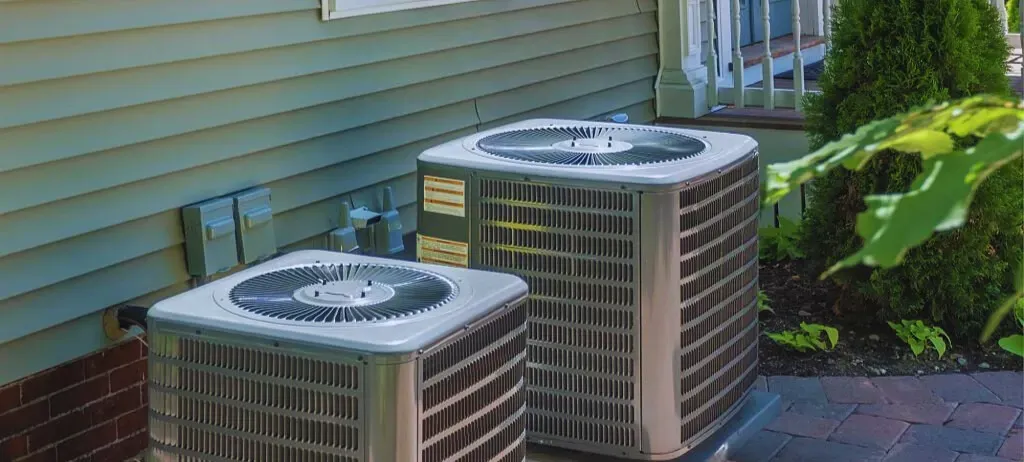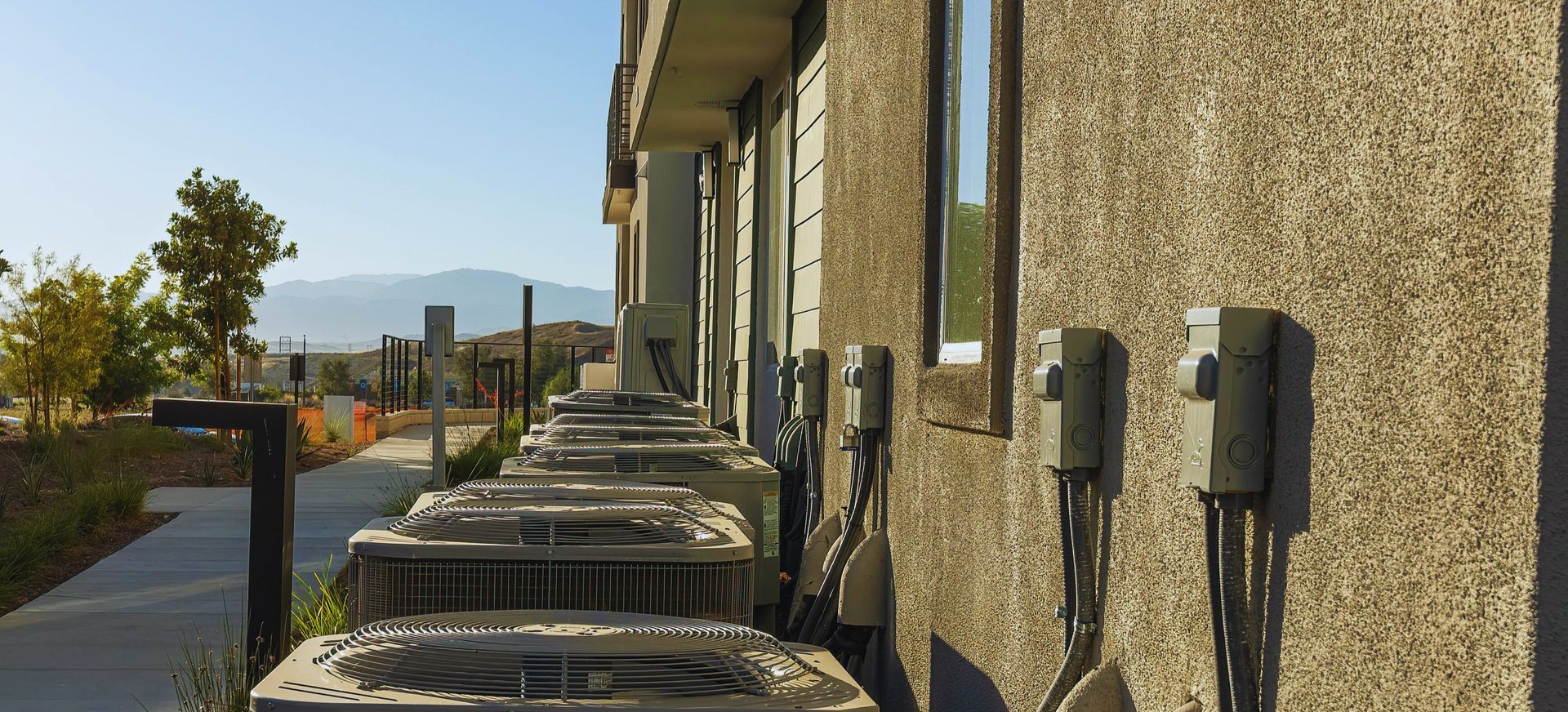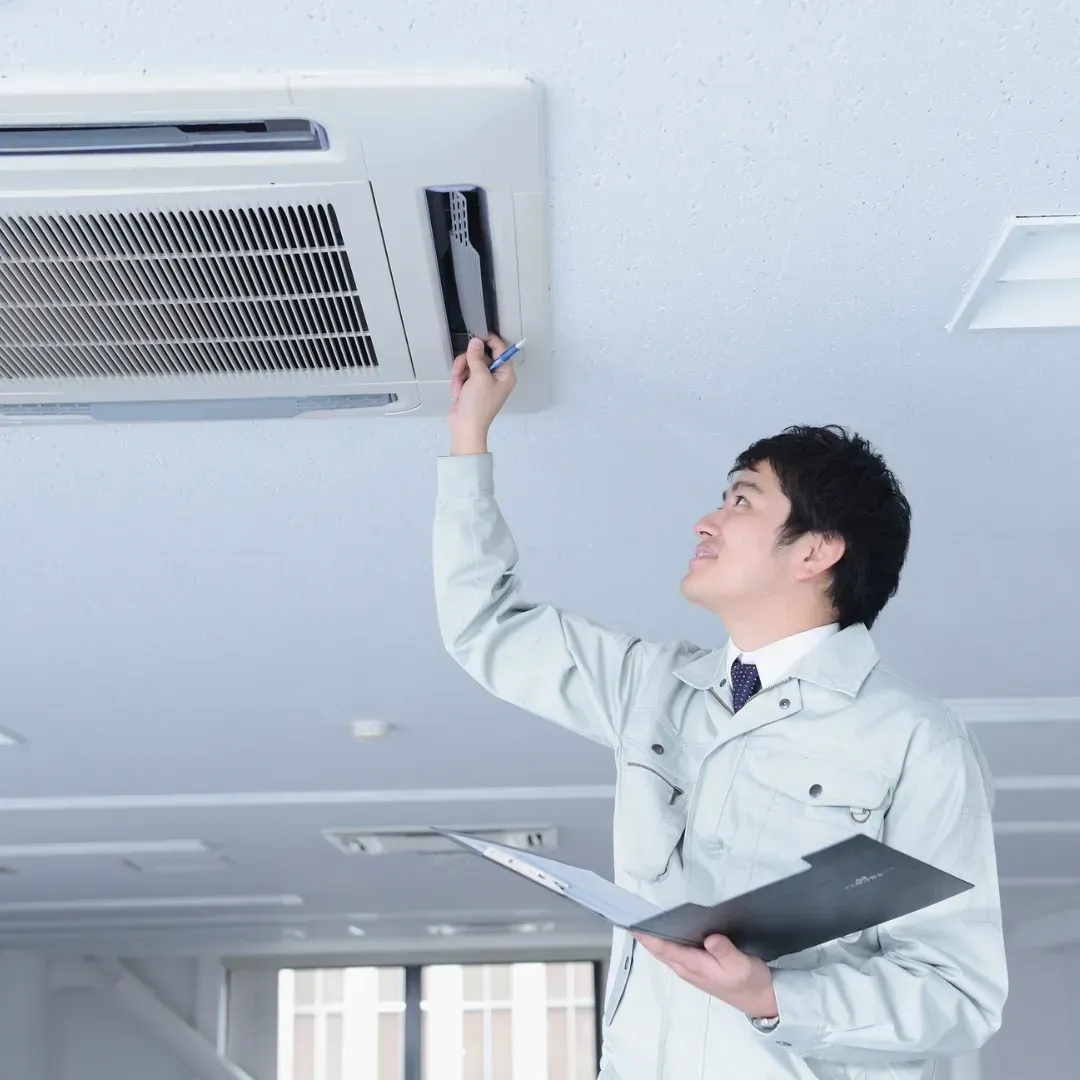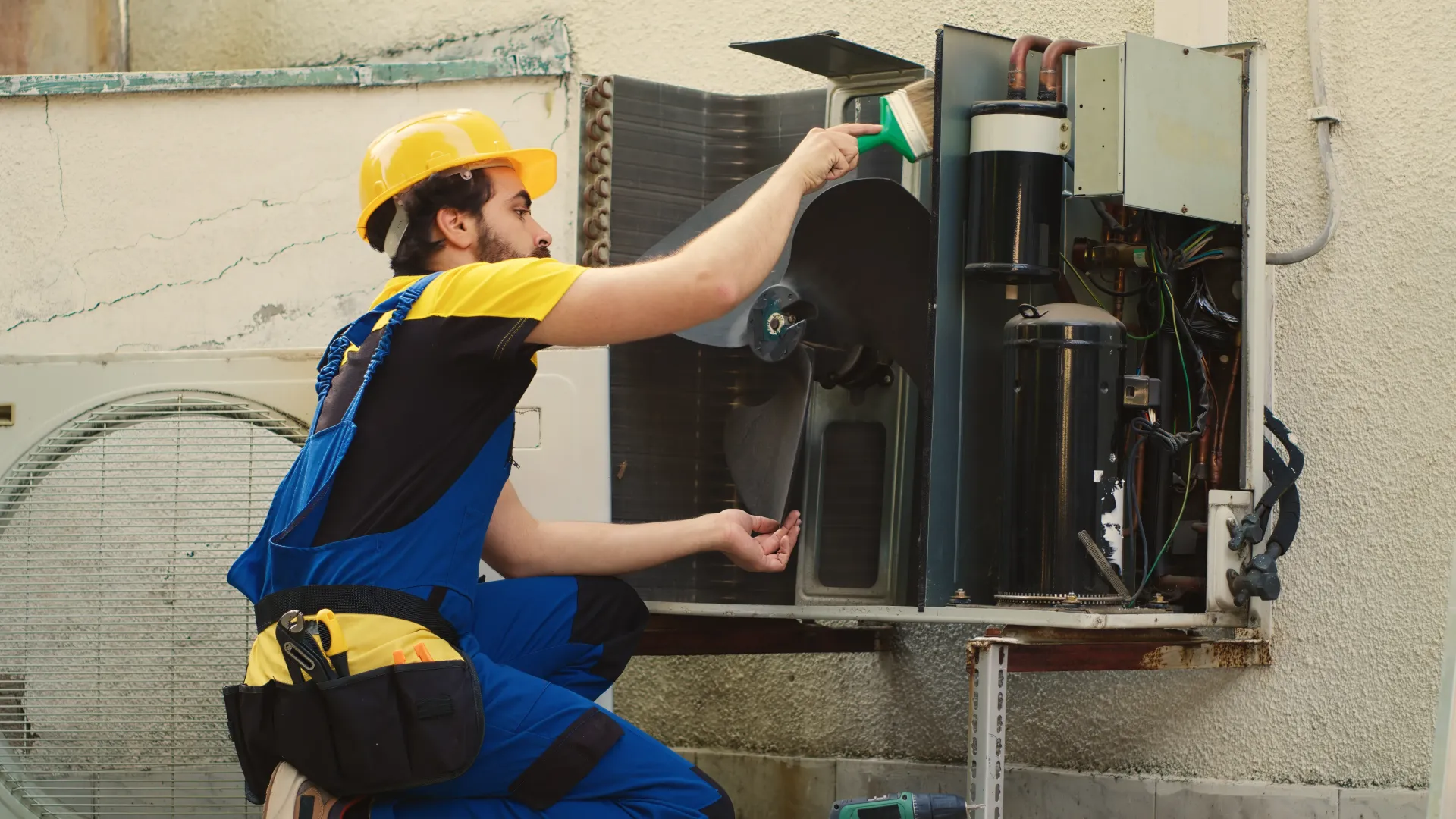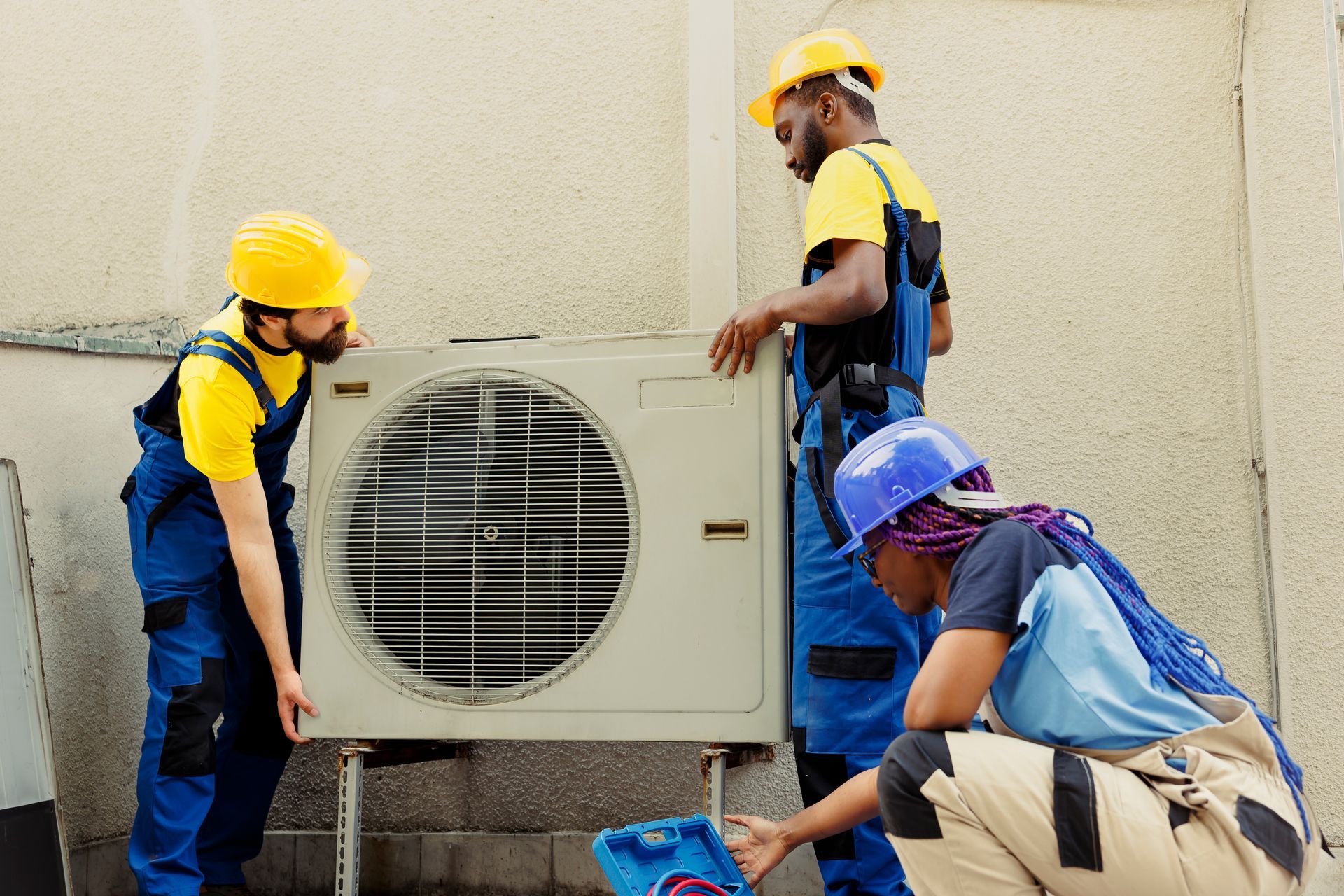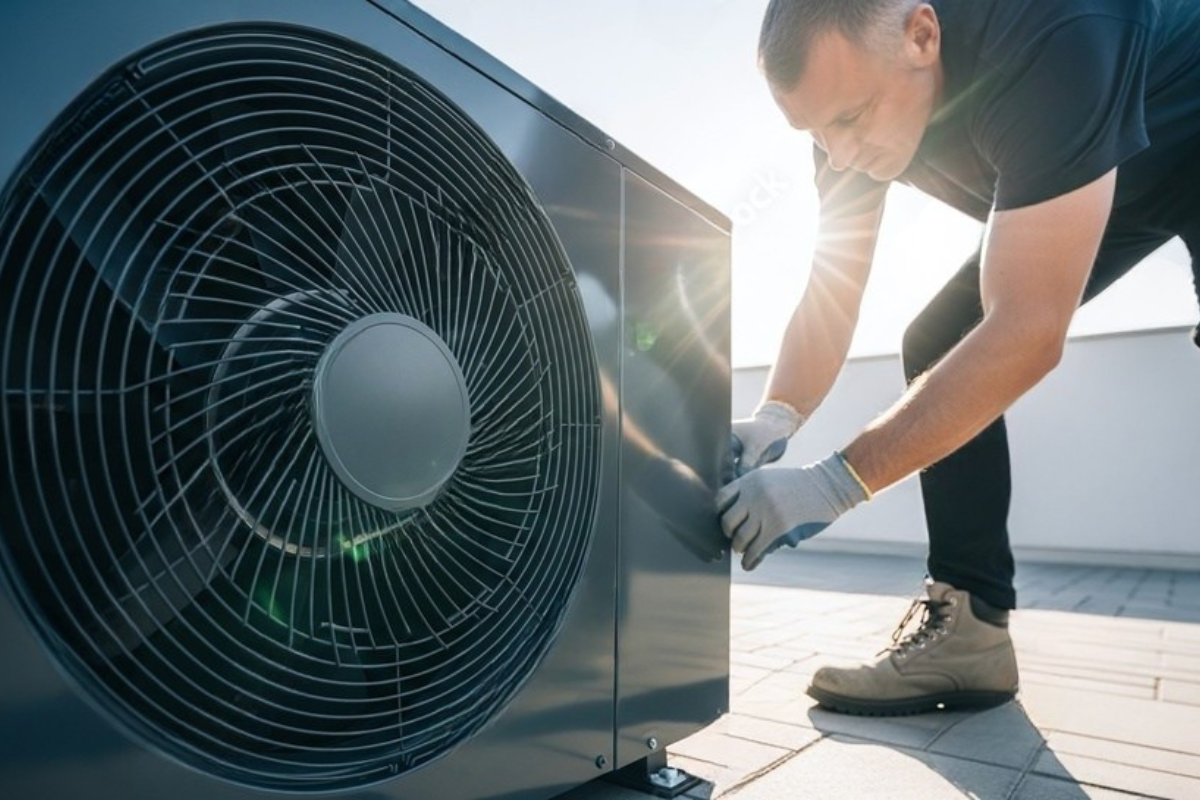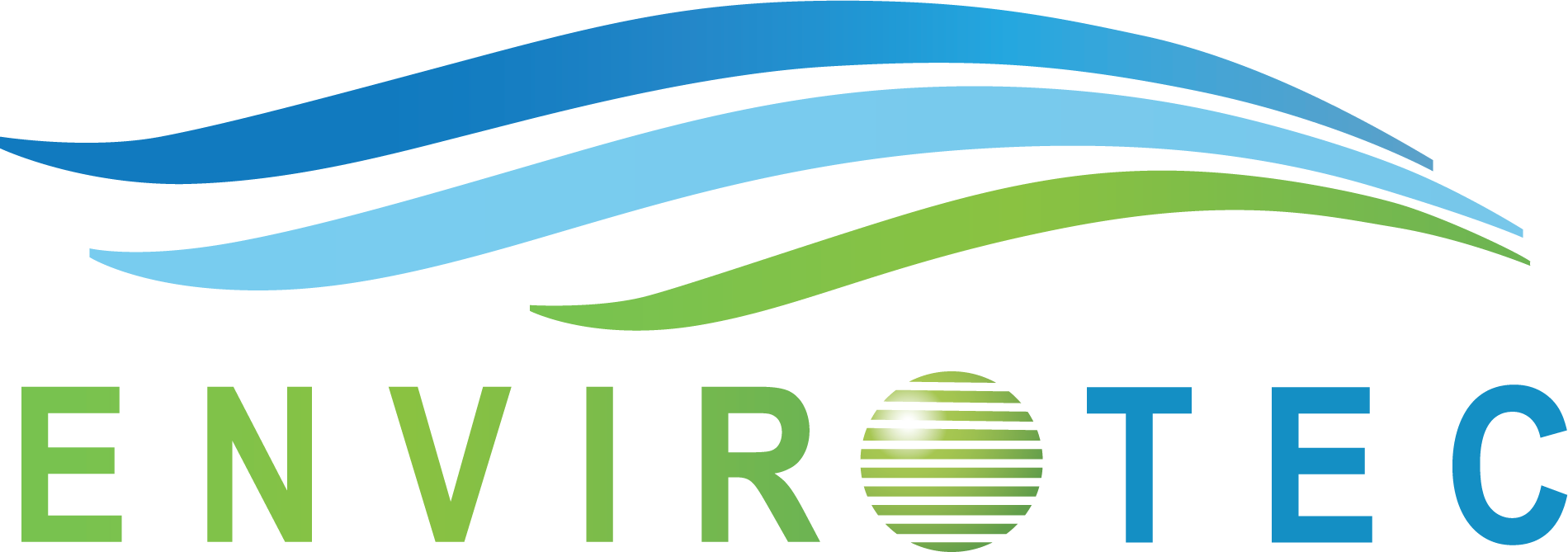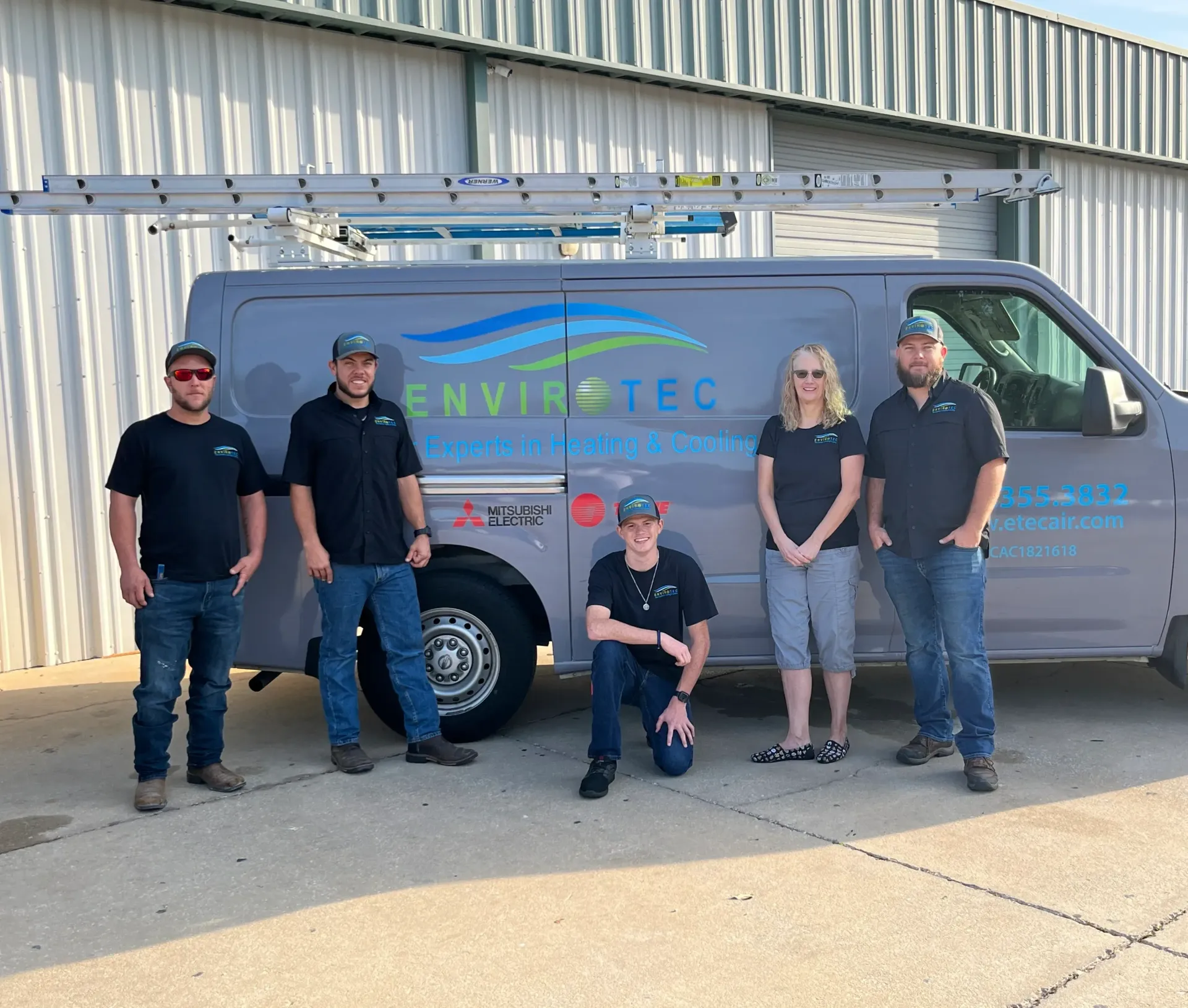Is Your Furnace Flame Sensor Acting Up? Here's How to Spot the Signs
Have you ever woken up in the middle of the night, shivering, only to find your furnace has decided to take an unscheduled break? I've been there, and let me tell you, it's not fun. More often than not, the culprit behind these chilly surprises is a tiny but mighty component called the flame sensor. In this guide, I'll walk you through everything I've learned about spotting a bad furnace flame sensor, from my personal experiences to expert tips I've gathered along the way.
My Personal Encounter with a Faulty Flame Sensor
The Night My Furnace Gave Up
Picture this: It's a crisp winter evening in Bradenton, FL. Yes, we do get those occasionally! I'm snuggled up on the couch, binge-watching my favorite show, when suddenly, I notice the house feels a bit chilly. No biggie, I think, cranking up the thermostat. But wait - nothing happens. The furnace kicks on, I hear a whir, and then... silence. This dance continues all night, leaving me bundled up in every blanket I own, wondering what on earth is going on with my trusty heating system.
Little did I know, this was my introduction to the world of furnace flame sensor issues. It's a story many homeowners can relate to, and it's what sparked my journey into understanding these crucial components of our HVAC systems.

Understanding the Furnace Flame Sensor
What Does a Flame Sensor Do?
Before we dive into the nitty-gritty of troubleshooting, let's get acquainted with our little friend, the flame sensor. This unassuming rod, usually made of metal, sits right in the path of your furnace's flame. Its job? To make sure that when your furnace kicks on, there's actually a flame present to heat your home. Think of it as a safety guard, always on duty to prevent your furnace from pumping gas when there's no flame to burn it.
Why is the Flame Sensor Crucial for Your HVAC System?
The flame sensor isn't just another part in your furnace; it's a critical safety component. Without it, your furnace could potentially release gas into your home even if the burners aren't lit. That's not just inefficient; it's downright dangerous. So, while it might seem like a small part, its role in keeping your home safe and warm is huge.
5 Telltale Signs of a Bad Furnace Flame Sensor
Now that we know what the flame sensor does let's talk about how to tell when it's not doing its job well. Here are the top signs I've learned to watch out for:
1. Short Cycling: The Frustrating On-Off Dance
Remember my story about the furnace that couldn't make up its mind? That's short cycling. If your furnace turns on for a brief moment, then shuts off before your home has a chance to warm up, your flame sensor might be the prima donna causing this performance.
2. No Heat: When Your Furnace Refuses to Ignite
Sometimes, a bad flame sensor will cause your furnace to not light at all. You might hear the system kick on, but no heat comes out. It's like the sensor is being overly cautious, refusing to let the show go on even when everything else is ready to perform.
3. Yellow or Flickering Flame: The Color-Coded Warning
Here's a fun fact I picked up: a healthy furnace flame should be blue. If you peek in and see a yellow or flickering flame, it could indicate that your flame sensor isn't reading the flame correctly, leading to incomplete combustion.
4. Error Codes: Decoding Your Furnace's Distress Signals
Modern furnaces are pretty clever. They often have diagnostic systems that flash error codes when something's amiss. If you see a light blinking on your furnace control board, it might be trying to tell you that the flame sensor is having a bad day.
5. Soot Buildup: The Silent Killer of Flame Sensors
Last but not least, if you notice a buildup of soot or carbon on your furnace's burners, it could be a sign that your flame sensor isn't working properly, leading to inefficient burning.
DIY Flame Sensor Troubleshooting: My Step-by-Step Guide
Alright, now that we know what to look for, let's roll up our sleeves and get into some troubleshooting. Here's how I approach checking my flame sensor:
Safety First: Preparing for the Inspection
Before we do anything, safety is paramount. Always turn off the power to your furnace at the circuit breaker and shut off the gas supply. Safety glasses and gloves are your friends here.
Visual Inspection: What to Look For
First things first, I like to give the flame sensor a good once-over. I'm looking for any signs of wear, corrosion, or that telltale carbon buildup. Sometimes, the issue is as simple as a dirty sensor.
The Multimeter Test: Measuring Microamps
If you're feeling a bit more adventurous (and have a multimeter handy), you can test the sensor's performance. A healthy flame sensor should register a current between 2 and 10 microamps when the furnace is running. Any less, and you've likely found your culprit.
Cleaning the Flame Sensor: A Simple Yet Effective Fix
Often, a thorough cleaning is all your flame sensor needs to get back in the game. I gently remove the sensor (consult your furnace manual for the exact location) and give it a light scrub with fine-grit sandpaper or steel wool. Just be gentle – we're not trying to reshape the sensor, just clean it.
When to Call in the Pros: HVAC Flame Sensor Repair
While I love a good DIY project, there are times when it's best to wave the white flag and call in the cavalry.
Signs It's Time to Dial an Expert
If cleaning doesn't do the trick, or if you're not comfortable poking around inside your furnace, it's time to call a professional. Also, if you notice any damage to the sensor or surrounding components, that's a job best left to the experts.
What to Expect During a Professional Repair
When you call in a pro, they'll typically perform a comprehensive diagnosis of your furnace. They might replace the flame sensor if it's beyond repair, or they could uncover other issues that are contributing to the problem.
Flame Sensor Maintenance: Keeping Your HVAC System Happy
An ounce of prevention is worth a pound of cure, right? Here's how I keep my flame sensor in tip-top shape:
My Routine Maintenance Schedule
I make it a point to check and clean my flame sensor at least once a year, usually before the cold season hits. It's become part of my fall ritual, right up there with pumpkin spice lattes and cozy sweaters.
Quick Tips for Prolonging Sensor Life
- Keep your furnace area clean and dust-free
- Change your furnace filter regularly
- Schedule annual professional maintenance checks
The Role of Flame Sensors in Furnace Safety
Let's zoom out for a moment and look at the bigger picture.
How Flame Sensors Prevent Gas Leaks
The flame sensor is like a vigilant guard, ensuring that gas only flows when there's a flame to burn it. This prevents the potentially dangerous situation of gas building up in your home.
The Bigger Picture: HVAC System Integrity
A well-functioning flame sensor doesn't just keep you safe; it also ensures your entire HVAC system runs efficiently. This means lower energy bills and a longer life for your furnace.
Conclusion: Mastering Furnace Flame Sensor Care
We've covered a lot of ground, from recognizing the signs of a bad flame sensor to maintaining it for peak performance. Remember, while DIY troubleshooting can often solve the problem, there's no shame in calling professional help when you need it. Your comfort and safety are worth it.
By understanding your furnace's flame sensor, you're not just ensuring a warm home; you're taking an active role in your home's safety and efficiency. And that's something to feel good about, even on the chilliest Bradenton nights.
FAQs: Your Burning Questions Answered
- How often should I clean my furnace flame sensor? I recommend cleaning it annually, preferably before the heating season starts.
- Can a bad flame sensor cause my energy bills to increase? Absolutely! When the sensor isn't working correctly, your furnace may run inefficiently, leading to higher energy consumption.
- Is it normal for a flame sensor to go bad? While flame sensors are built to last, they can degrade over time. Regular maintenance can significantly extend their lifespan.
- How much does it cost to replace a flame sensor? Costs can vary, but typically, you're looking at $50 to $250, including labor. It's always best to get a quote from a local HVAC professional.
- Can I run my furnace without a flame sensor? Absolutely not! The flame sensor is a crucial safety component. Running a furnace without one is dangerous and likely illegal.
Remember, when it comes to your home's heating system, safety and efficiency go hand in hand. If you're ever in doubt, don't hesitate to reach out to a professional HVAC service. Your cozy, worry-free winter self will thank you!
